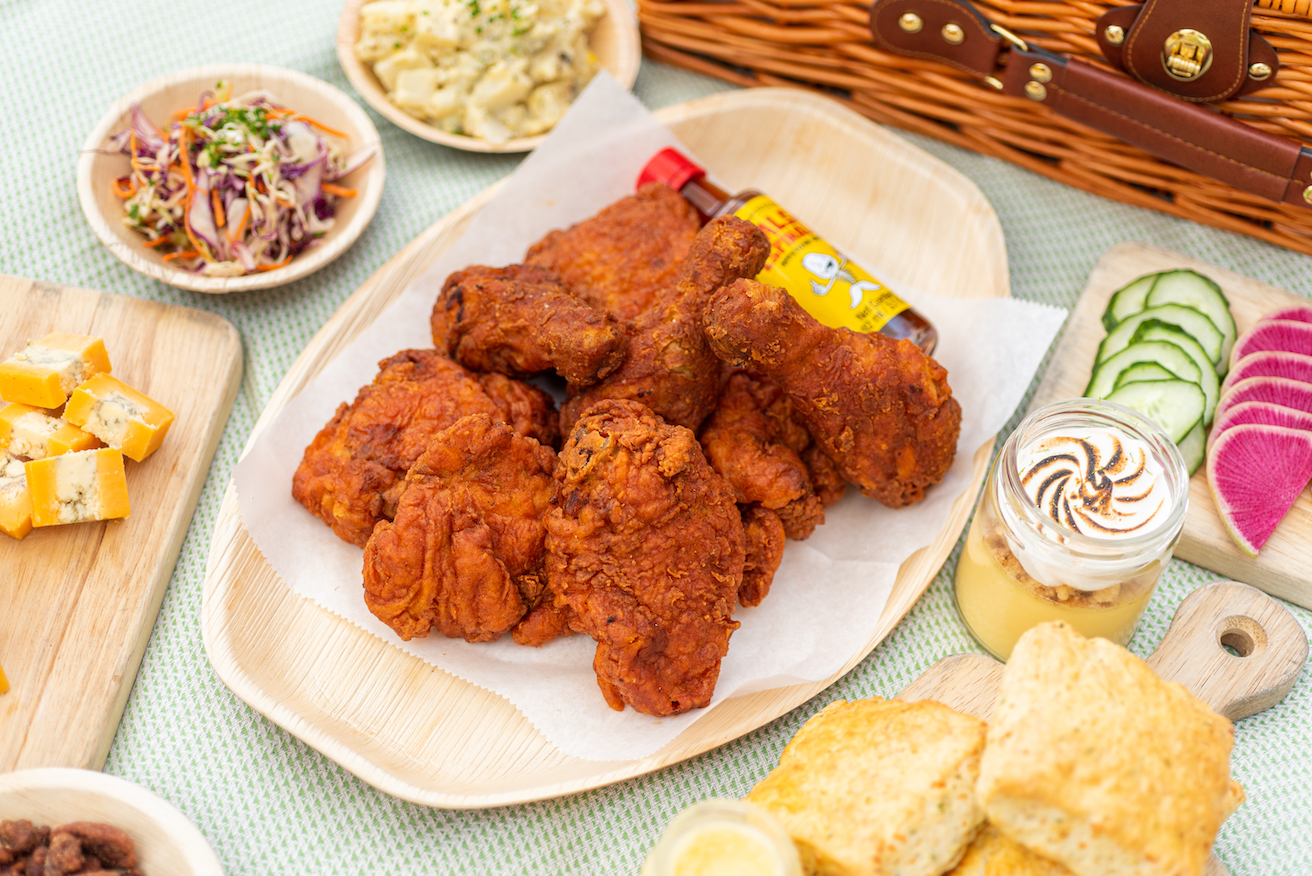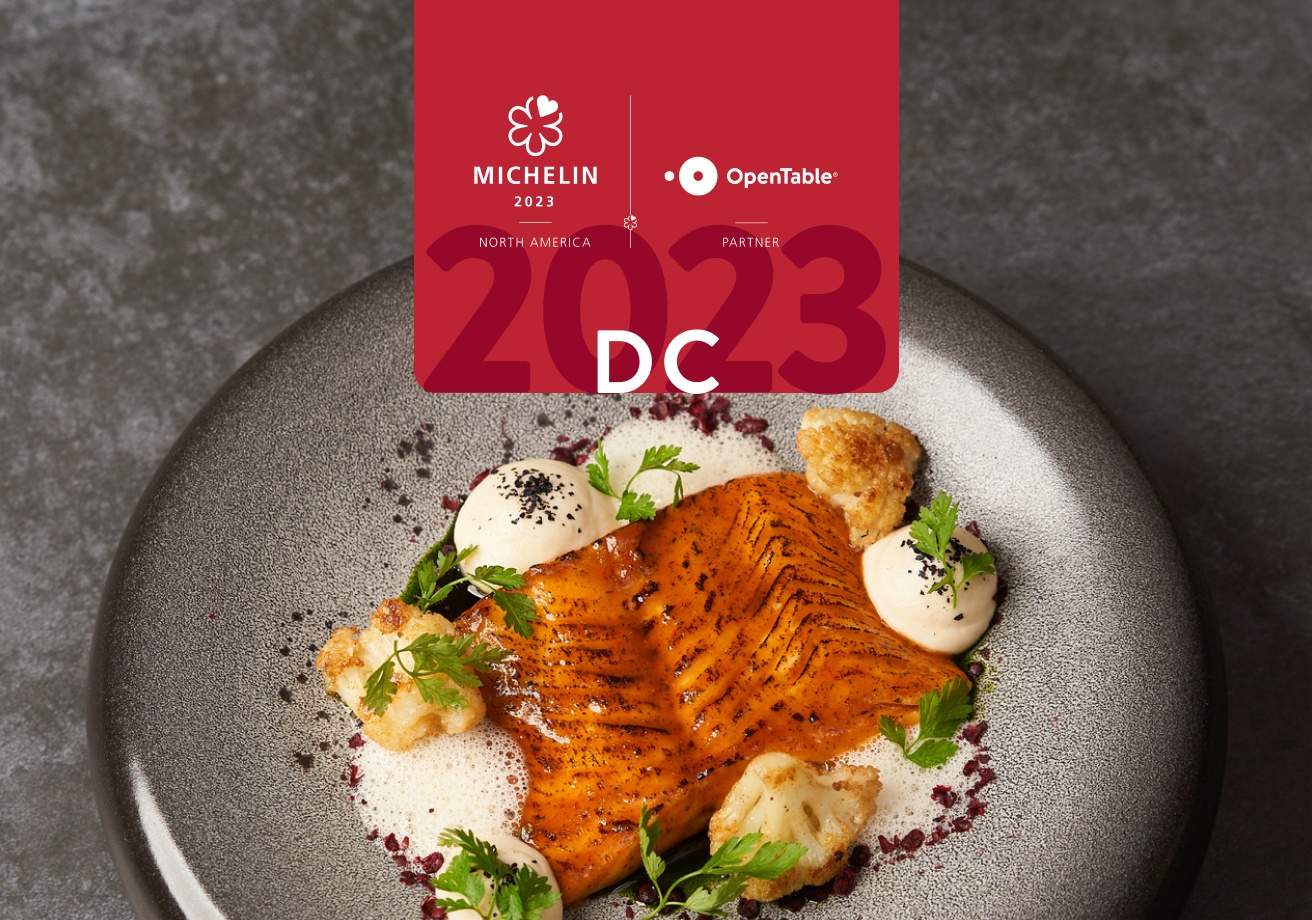With indoor dining restricted in 2020, restaurants have quickly pivoted to pickup, delivery, and off-premise experiences — shifts that transform their businesses and the very food and hospitality they’re known for.
Chefs have shed fine-dining brands in favor of takeout-only concepts, meal kits, and pickup windows, sometimes inventing entirely new menus, names, and logos that suit the current moment. The result is a changed dining landscape, one in which the same people and talent that long ago won over critics and neighbors are finding new avenues to serve their communities and flex their creativity.
Instead of a single dominant style, this new era of hospitality looks wide-ranging and diversified. And even as restaurants begin to reopen their dining rooms, diners will have more options than ever before.
“The restaurants that will survive are not a physical place only, but a curated experience that draws people because of what they offer,” says Becca Parrish, a renowned publicist for restaurants from New York to Los Angeles. “How do you deliver hospitality to someone’s home? How do you translate being hospitable online? There are a host of ways to dig into that.”
As restaurants diversify their businesses to protect against future uncertainty, they are experimenting in ways that are both new for their customers and for them to execute. Below are some of the models being tested, including those that are working best and those still unproven.
Meal kits: not just for weeknights
In lieu of serving people in their dining rooms, some restaurants are giving diners the tools and ingredients they need to recreate the meals they love at home — while still preserving that feeling of doing something special.
Upscale New York City Korean steakhouse Cote, which boasts a Michelin star and a James Beard nomination, shut down in March with the rest of the city, but didn’t remain idle for long. “In one week, our management team, whom I call our ‘Dragon Slayers,’ turned Cote around into a delivery and to-go operation,” says owner Simon Kim. “It was an all-hands-on-deck operation for the 13 managers on our payroll — our director of operations was handling deliveries while our maitre’d answered the phones.”
After reworking the Cote to-go menu, Simon and his team began selling steak care packages, including raw steaks, a custom salt blend, and an assortment of sides to prepare and assemble at home. They opened Cote Butcher Shop and Cote Wine Shop, offering quality cuts at retail pricing and highly allocated labels. Beverage director Victoria James introduced the Live Somm Series, hand-selecting wines from the cellar based on customers’ preferences and recording videos to walk them through the selection.
“For us, it was about staying alive, maintaining jobs for my team, and sending supplemental $200 checks for all of our former employees,” says Kim. “The support given to us from the community allowed us to do that.”

Also in New York, acclaimed chef Dan Barber wasn’t thinking only of his businesses, Blue Hill and Blue Hill at Stone Barns, when the pandemic struck. He was also thinking of his top-tier suppliers who rely on restaurants for revenue. To keep the supply chain humming, his team launched a new program called resourcED, offering a variety of CSA boxes for pickup in multiple locations around the metro area. (Think a garde manger box with handmade pastas and charcuterie or a vegetable box full of just-harvested heirloom varieties.)
For Blue Hill, the program gives the public an opportunity to support the people and values that characterize the restaurants while experiencing the food in a completely different way — and it gives the restaurant a much-needed new revenue stream right now.
Throughout the pandemic, restaurants have shown that takeout and meal kit options can be just as elevated as the dine-in experience, from Los Angeles’ Picnic Society by Gwen, featuring picnic-ready housemade charcuterie and panzanella salads, to The Polo Bar in NYC, where takeout meals come in custom insulated tote bags. Carefully crafted food and thoughtful packaging are successful ways to reflect a restaurant’s brand and hospitality — no matter where the meal unfolds.
Reservations for Picnic Society:
Reservations for The Polo Bar:
Walk-up is the new drive-thru
Other restaurants have created entirely new concepts during the pandemic, with pickup- and delivery-friendly formats adaptable to almost any circumstance. One side effect has been the triumph of the takeout window.
Chicago’s Oriole, for example, specialized in extended tasting menus from award-winning chef Noah Sandoval, but the restaurant was forced to close temporarily due to COVID-19. This summer, Sandoval opened Pizza Friendly Pizza in the city, serving Sicilian-style pan pizzas ($4.50 per slice) and drinks out of a walk-up window with patio seating.
“I wanted to find something that would work on the other side of the pandemic,” Bruce Finkelman, Sandoval’s partner, tells Restaurant Business. “I also wanted to have some fun with it.”
The team drew up the plan quickly, prioritizing affordability and adaptability and preparing for dine-in for the future. Instead of a temporary solution to weather the pandemic, Pizza Friendly Pizza gives them an entirely new business.
Over in Los Angeles, restaurateur Lien Ta’s newly opened cafe, All Day Baby, was just ramping up when the coronavirus hit. After being mandated to close, the team created a new menu riding buzz from a recent newspaper article about the biscuit sandwich. Ta threw up a website (allowing people to select a pickup time and avoid lines forming) and the All Day Baby biscuit window was born, followed by more windows with clever themes.
“I really enjoyed that there was a level of excitement of not knowing what we would serve next,” she says. “People started asking for things like milkshakes, chocolate cake — that was a ton of fun.”
The renewed popularity of the walk-up window has wound its way around the country, with other restaurants finding success in the concept, including Seattle’s Pie Bar Ballard, which lives up to its name with sweet and savory pies, and NYC’s Pig and Khao, offering a Southeast Asian-inspired street food menu. When space allows, it’s a lower-lift way to test out adapted menus and new concepts, and enhance what a restaurant offers to a community right now.
Prepared, frozen, and on the shelves

In addition to takeout and meal kits, some restaurants are reaching consumers through grocery stores and other retail outlets, expanding their reach to new audiences. Some are producing prepared meals designed for consumers to reheat at home (imagine the frozen section of your grocery store, with a chef-y spin), while others have turned restaurant favorites into shelf-stable treats ideal for wide distribution.
In June, Cote joined some of the nation’s top restaurants and built a shop on Goldbelly in order to ship DIY meals to customers across the country. As New Yorkers started to leave the city in favor of less dense locations, that access was key. “Goldbelly allows us to have a farther reach, which was especially important during the mandated closure,” says Kim.
In Houston, the team behind the fine dining restaurant Peli Peli and fast casual Peli Peli Kitchen quickly shifted to off-premise options during the pandemic, reimagining a new brand that emphasizes the company’s cultural influences: Peli Peli South African Kitchen. The new concept is affordable and accessible for everyday dining, rather than just special occasions, with a focus on takeout and delivery.
“We did not feel we could continue to market South African cuisine to two different market segments,” says CEO Shehzad Roopani. “We decided to incorporate our fast casual dining elements into our full-service locations and amalgamate both brands into one singular focus.”
Additionally, the team tested partnering with the grocery chain Kroger to sell $10 prepared boxed meals of coconut curry chicken and Atlantic cod trinchado in local stores. Analysis showed that “in order to succeed we needed far more economies of scale,” says Roopani, so Peli Peli paused on that, though it plans to revisit retail opportunities later on.
A few years ago, Stuart Brioza and Nicole Krasinski, the chefs and owners of renowned San Francisco restaurants The Progress and State Bird Provisions, teamed up with a third-party company to develop a quinoa- and seed-filled crumble to use as a crunchy topping. What was once a side project has become a financial imperative in 2020, when restaurants are seeking buffers against future challenges like the coronavirus pandemic.
“I would like to spend more time on [diversifying income],” says Brioza. “I think that will be a part of restauranting in this country now. I would like to have something we can count on in times like these to give us economic and geographic diversity.”
Right now, it’s too early to know which of these models will stick around. Restaurant experts predict that pickup and delivery are here to stay, but will takeout windows thrive in winter and chef-prepared frozen meals make up for lost revenue? Like Peli Peli, restaurants are still learning what works for them.
What’s for sure is that now is a time for both restaurants and diners to experiment and be open to new possibilities. “We are taking what we have learned and pushing to grow in more ways than ever,” says Kim.
Whether it’s ordering meal kits, booking a rarefied indoor table, or following restaurants as they expand to new concepts and projects, diners have plenty of ways to meet their favorite businesses where they are — and keep them alive.




